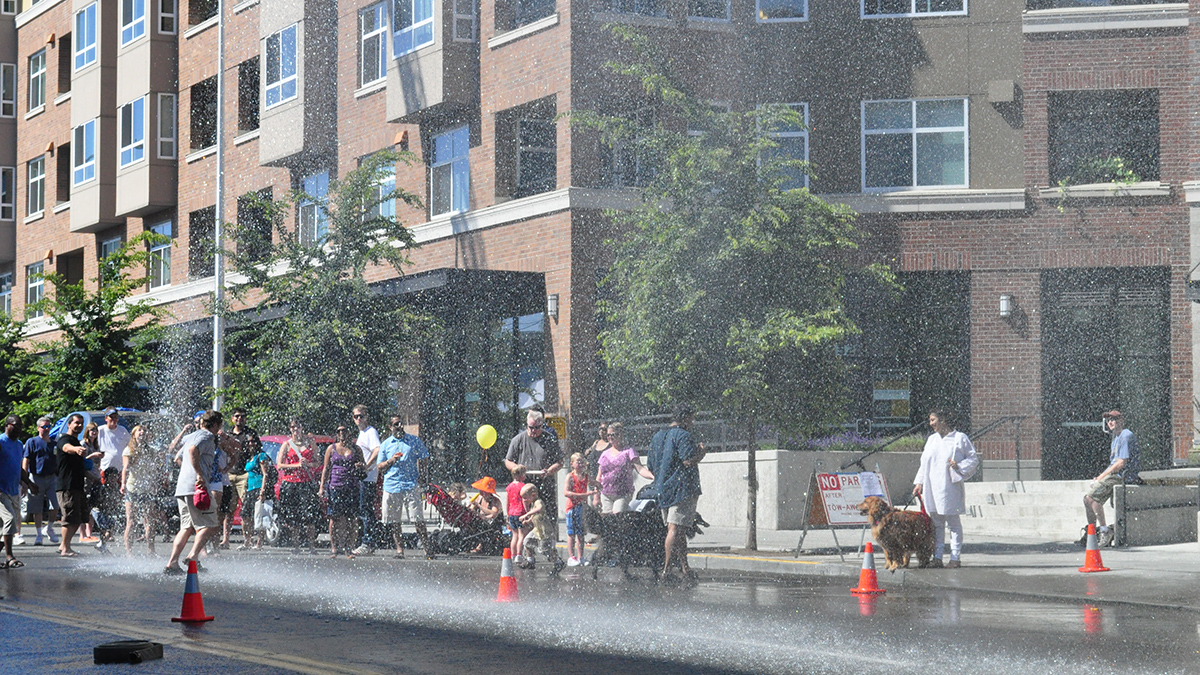Source: GeoHealth
Recent heat waves in the United States underscore a growing public health threat: Extreme heat events are growing longer, hotter, and more frequent. Soaring temperatures raise the risk of various health problems, such as heat stroke and cardiovascular disease—particularly for older people, people with preexisting conditions, and people who work outdoors.
Understanding these risks, and how to handle them, requires epidemiological research on heat exposure in cities, where most U.S. residents live. However, scientific instruments for measuring urban temperatures are often located at airports, rather than in city centers, where temperatures are typically higher than in surrounding rural regions. Thus, these tools often do not adequately capture the so-called urban heat island effect.
A novel method for measuring heat exposure, created by Marquès and Messier, can pinpoint urban heat islands that previously went undetected. The researchers’ approach harnesses crowdsourced data from the thousands of personal weather stations already installed by residents seeking precise weather information.
The new method employs a statistical technique known as Bayesian hierarchical modeling, which helps account for uncertainty in the crowdsourced temperature data. To demonstrate its capabilities, the researchers applied the method to four urban areas with distinct climates and geography: New York City, Philadelphia, Phoenix, and North Carolina’s “Triangle,” which includes Raleigh, Durham, and Chapel Hill.
Compared with existing tools, the new method captured urban air temperatures at much higher resolution. It identified urban heat islands that were previously detected imprecisely or not at all, such as hot spots clustered in Philadelphia. In addition, it recognized the cooling effects of urban green spaces, such as New York’s Central Park. It performed well at both high and low temperatures, including during Phoenix’s hottest month on record (July 2023) and a cold blizzard event in Philadelphia and New York in January 2021. The new method also revealed that compared with other areas in the same city, more densely populated neighborhoods were more likely to experience hot temperatures and longer hot nights.
The researchers have made their method publicly available in the hope that it will aid research into the health impacts of heat. This work could also help inform public health initiatives to support communities facing extreme heat, they say. (GeoHealth, https://doi.org/10.1029/2025GH001451, 2025).
—Sarah Stanley, Science Writer


